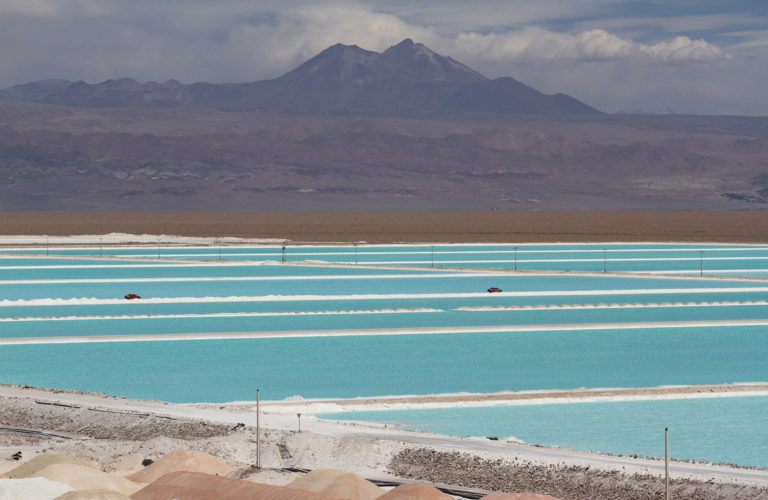Tenneco has been granted a patent for a damper assembly that includes a bellow accumulator assembly. The damper assembly consists of a pressure tube, a piston, and two working chambers. The bellow accumulator assembly is in fluid communication with the second working chamber and includes a housing, a bellow accumulator, a pressurized gas chamber, and an accumulator chamber. The bellow accumulator accepts excess working fluid during the compression stroke of the piston and provides working fluid during the rebound stroke. The bellow accumulator has a bellow-shaped sidewall and a concave-shaped closed end, while the housing has a concave-shaped end that nests within the closed end of the bellow accumulator. GlobalData’s report on Tenneco gives a 360-degree view of the company including its patenting strategy. Buy the report here.
According to GlobalData’s company profile on Tenneco, Piston head combustion chambers was a key innovation area identified from patents. Tenneco's grant share as of September 2023 was 63%. Grant share is based on the ratio of number of grants to total number of patents.
Damper assembly with bellow accumulator for fluid communication
A recently granted patent (Publication Number: US11761507B2) describes a damper assembly that includes a damper with a pressure tube and a piston. The assembly also includes a bellow accumulator assembly in fluid communication with the second working chamber of the damper. The bellow accumulator assembly consists of a housing, a bellow accumulator, a pressurized gas chamber, and an accumulator chamber. The bellow accumulator is designed to accept excess working fluid during the compression stroke of the piston and provide working fluid during the rebound stroke.
The bellow accumulator in this assembly is characterized by a bellow-shaped sidewall that defines a cylinder and a concave-shaped closed end extending from the sidewall. The housing of the bellow accumulator assembly has a concave-shaped end that matches the shape of the bellow accumulator and nests within the concave-shaped closed end.
The patent also mentions the inclusion of a remote valve assembly between the damper and the bellow accumulator assembly. This remote valve assembly regulates the flow of working fluid between the two components. The bellow accumulator assembly is attached and sealed to the remote valve assembly, which is in turn attached and sealed to the damper.
Additionally, the bellow accumulator assembly includes a base with a bore, and the housing is partially disposed within this bore. The base is attached and sealed to the remote valve assembly, while the housing is mechanically coupled and sealed to the base. The assembly further includes a first seal between the base and the housing, as well as a second seal between the base and the bellow accumulator. The second seal is specifically located between the base and the flange end of the bellow accumulator.
Overall, this patented damper assembly offers a unique design that allows for efficient fluid management and improved performance in various applications.
To know more about GlobalData’s detailed insights on Tenneco, buy the report here.
Data Insights
From

The gold standard of business intelligence.
Blending expert knowledge with cutting-edge technology, GlobalData’s unrivalled proprietary data will enable you to decode what’s happening in your market. You can make better informed decisions and gain a future-proof advantage over your competitors.







